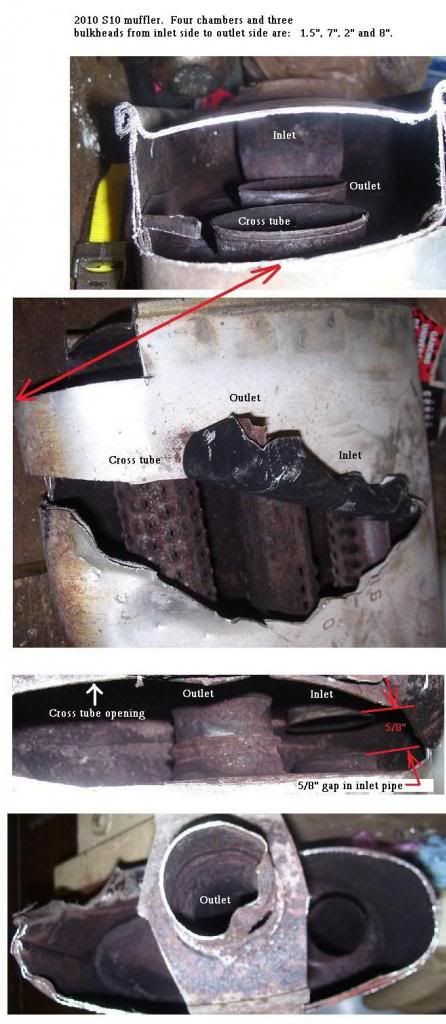Originally Posted By: TallPaul
Originally Posted By: dwcopple
UAW at its finest!
Not sure what the union would have to do with this.
Ever heard the saying "you must have bought a car built on a Friday"? That is what I meant. QC guy was at "lunch" when that muffler went through.
Originally Posted By: dwcopple
UAW at its finest!
Not sure what the union would have to do with this.
Ever heard the saying "you must have bought a car built on a Friday"? That is what I meant. QC guy was at "lunch" when that muffler went through.



